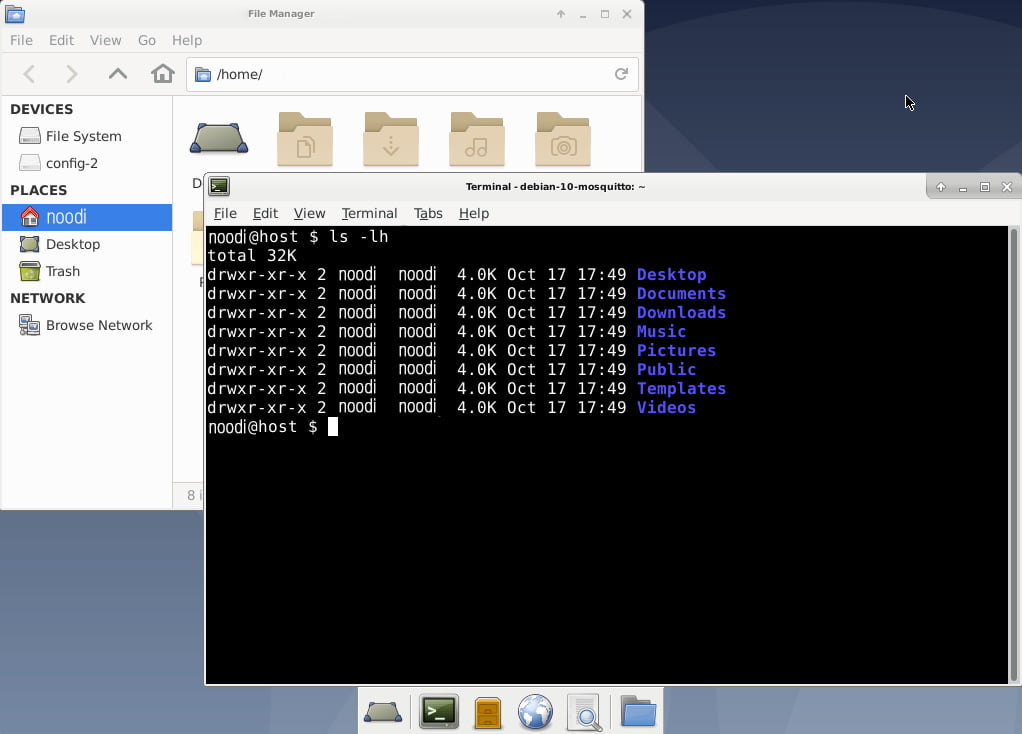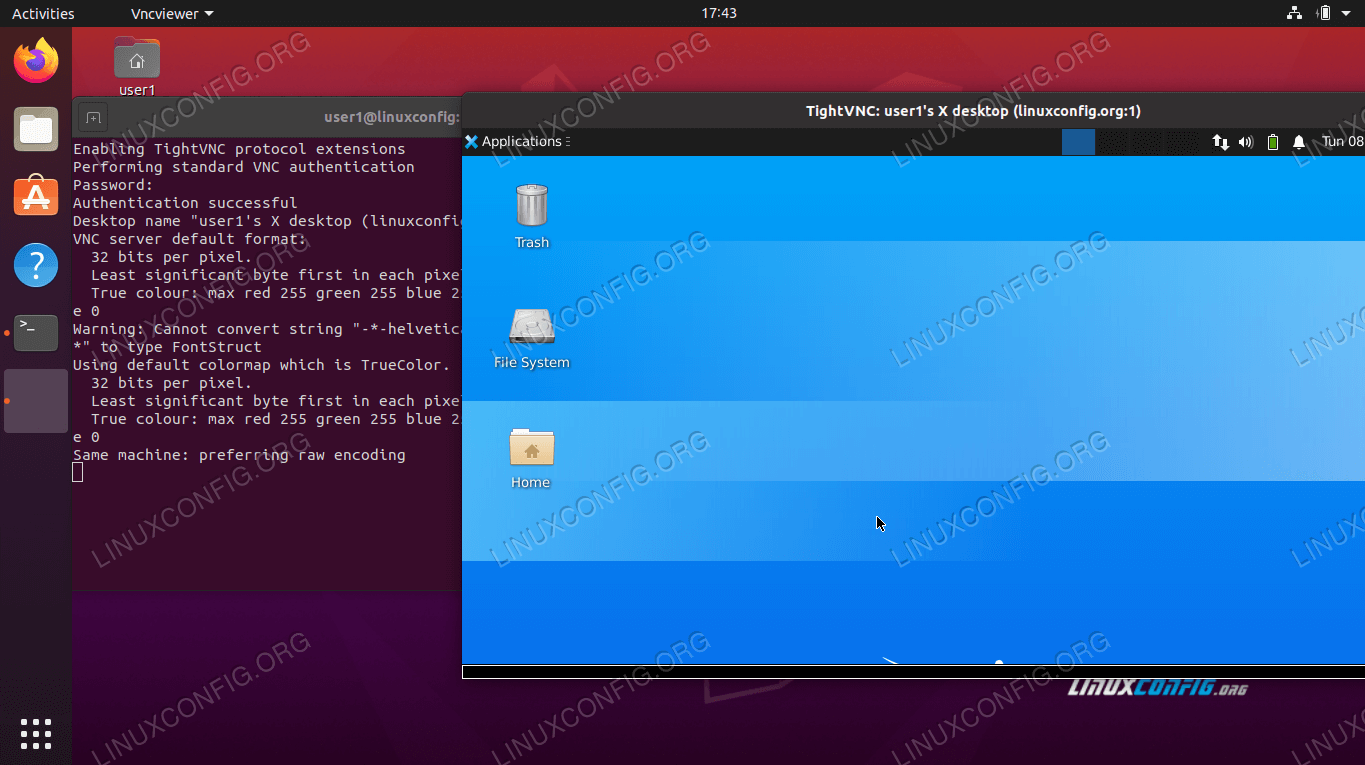

On the remote computer, we use the following command. To have the SSH daemon start each time you reboot your computer, use this command: sudo systemctl enable sshd SSH will already be installed on your Linux computer, but you may need to start the SSH daemon (sshd) if the local computer has never accepted SSH connections before. It’s easier to set up than it is to describe. Reverse SSH tunneling allows you to use that established connection to set up a new connection from your local computer back to the remote computer. The answer lies in reverse SSH tunneling.

You have an established connection between the two computers. That alone isn’t sufficient for your needs, however, because it doesn’t provide you with a working command-line session on the remote computer. It really doesn’t matter what the specific network issue is-this is useful whenever you can’t SSH straight to a remote computer.īut if the networking configuration on your end is straightforward, the remote computer can connect to you. That isn’t an option in the networking scenario we’re describing. Normally you’d fire up an SSH connection from the local computer and connect to the remote computer. To differentiate between the local and remote computers used in this article, the remote computer is called “howtogeek” and is running Ubuntu Linux (with purple terminal windows). The local computer is called “Sulaco” and is running Manjaro Linux (with yellow terminal windows).


 0 kommentar(er)
0 kommentar(er)
